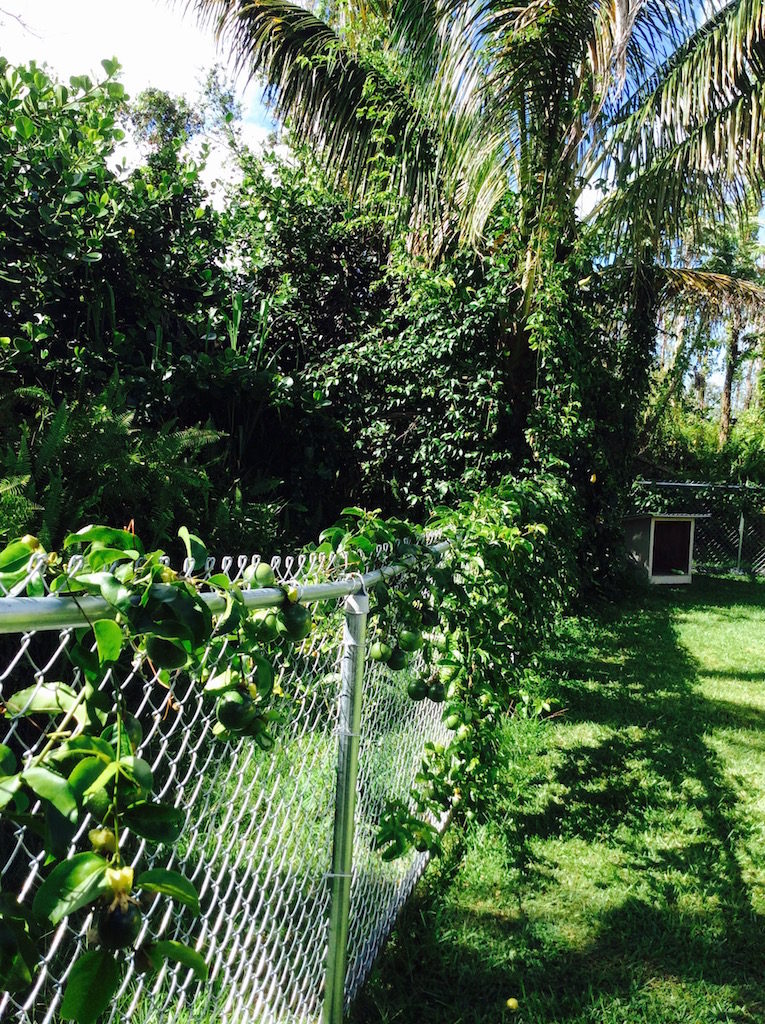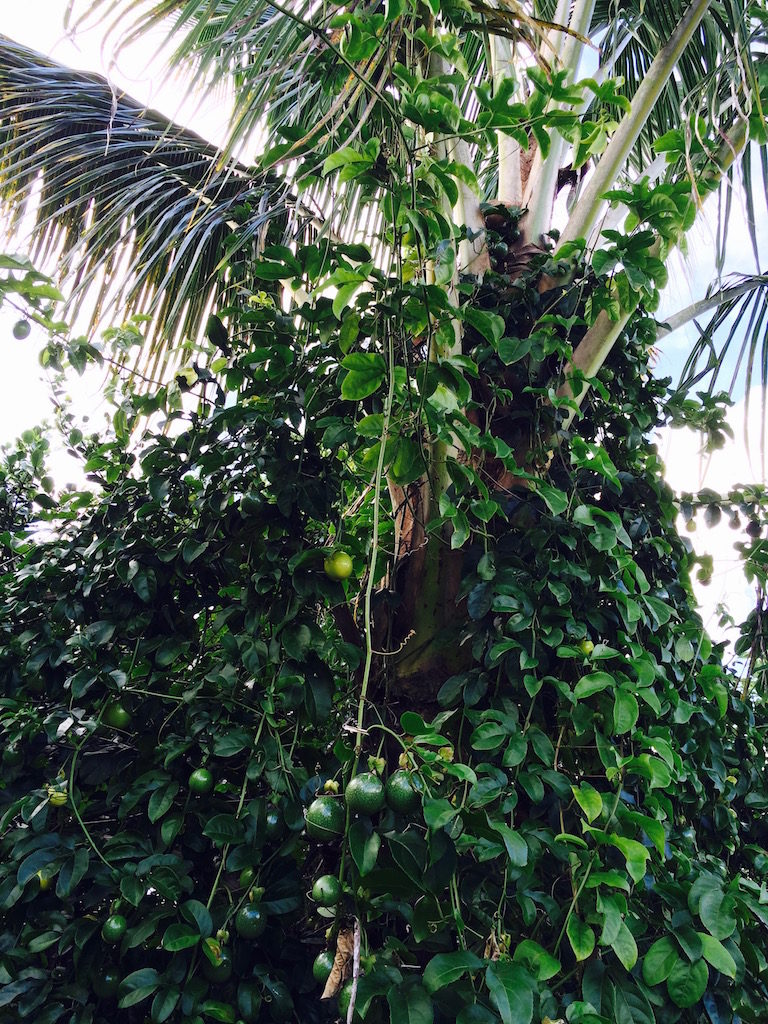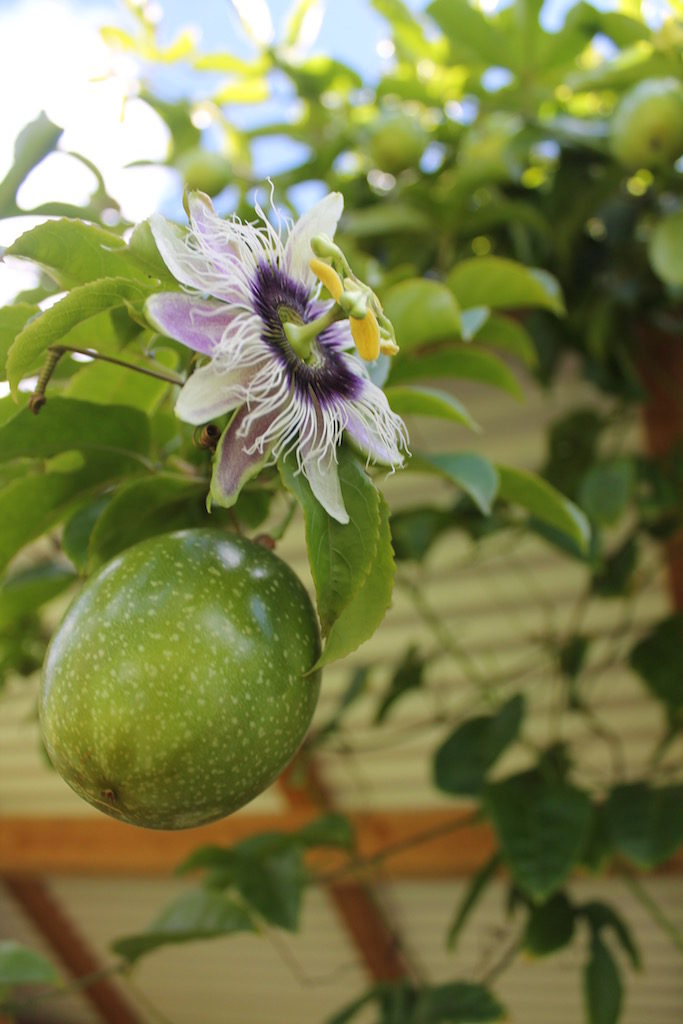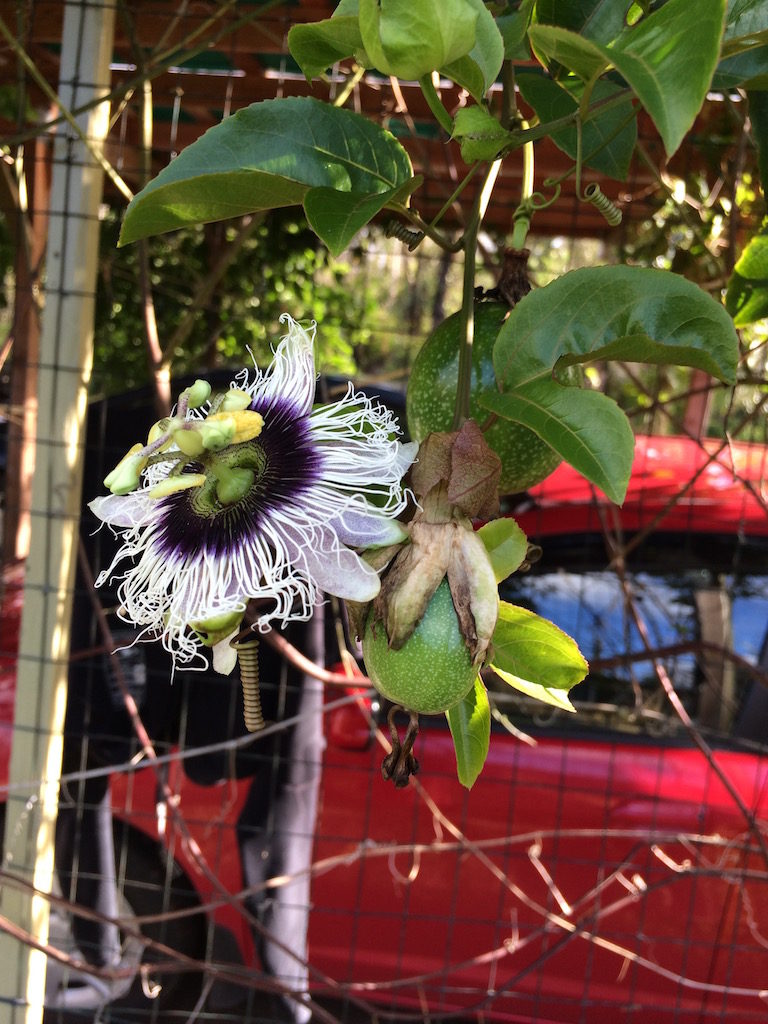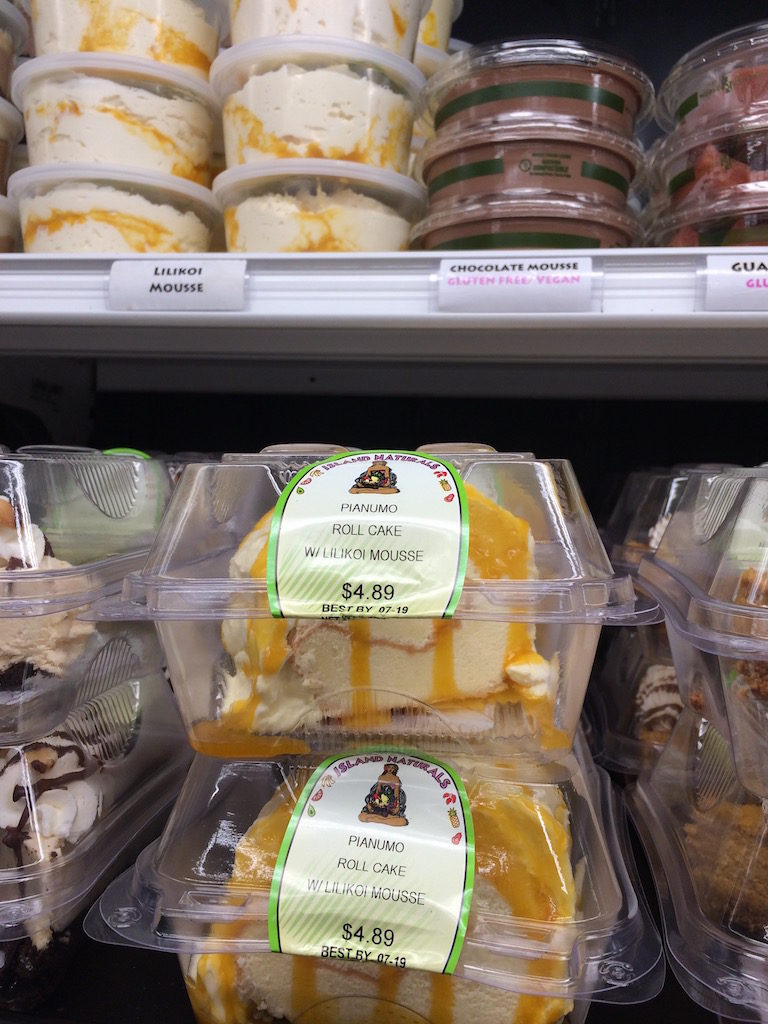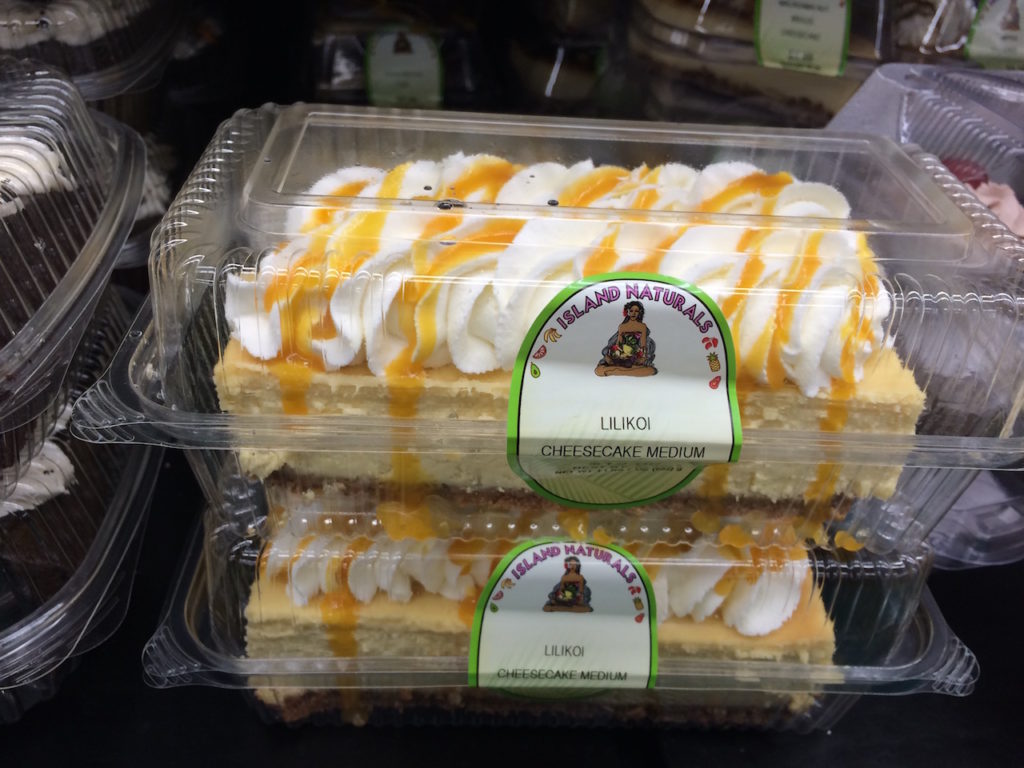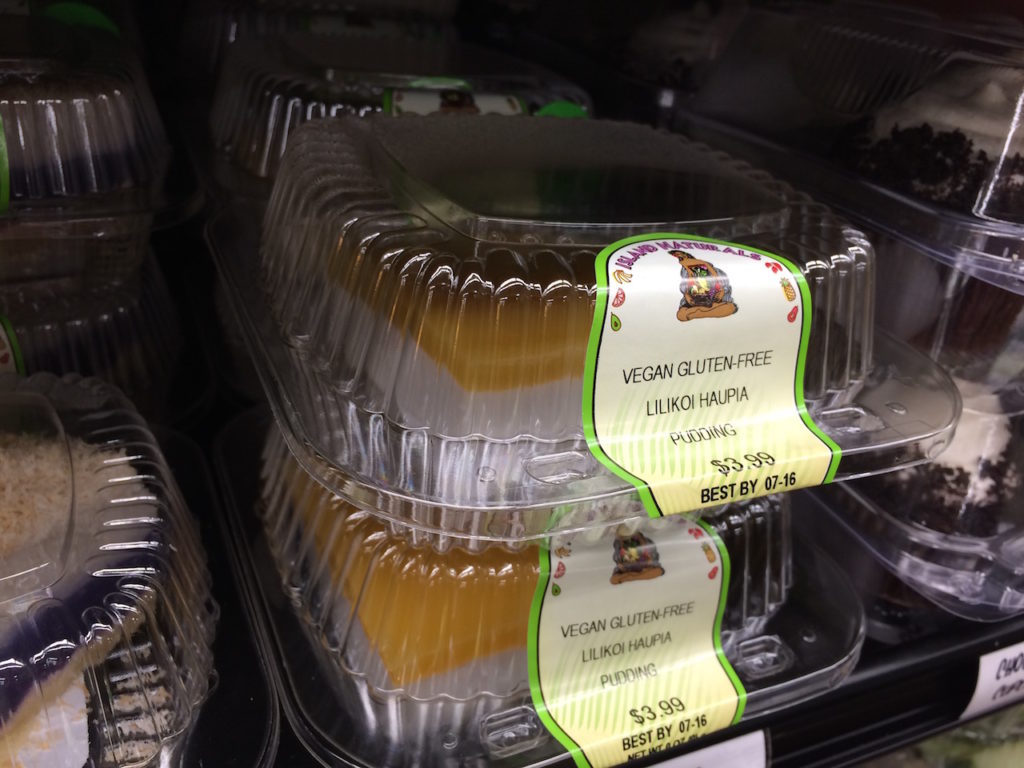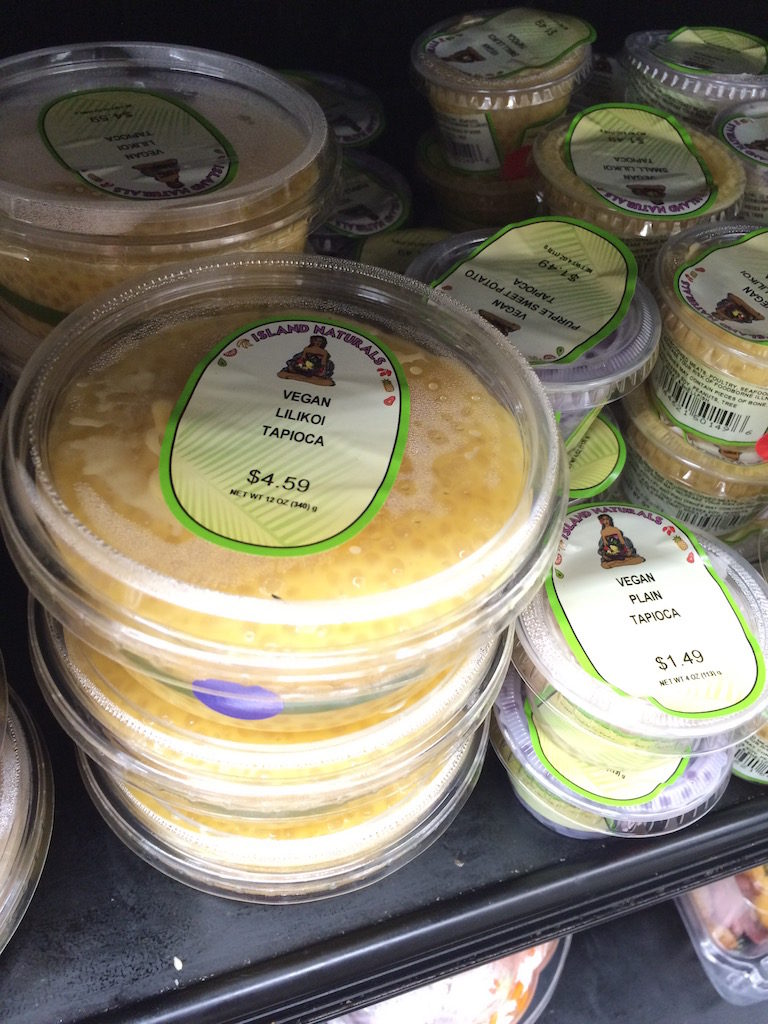Here’s the second installment in a series I started a while back and forgot about—I mean, hadn’t yet returned to: The Writer’s Environs. The idea is to reflect on the places we live, both the commonalities and the things that make each piece of the world unique. In the first installment, I asked, What crosses the road? (Yes, pigs are still crossing our road; it’s been a very heavy pig season.) The question this week: Which plants are most likely to take over the world?
![Kudzu on trees in Atlanta, Georgia, By Scott Ehardt (Own work) [Public domain], via Wikimedia Commons](https://www.judykwalker.com/wp-content/uploads/2016/07/1024px-Kudzu_on_trees_in_Atlanta_Georgia-300x185.jpg)
We don’t have kudzu, but Hawaii’s tropical islands have a long list of plants that seem as if they’re just waiting for you to turn your back so they can eat you, or at the very least eat your carport. Even pothos, the vining plant found in every American office building, can be seen roaming wild in the forests and gulches, with feral leaves as big as your head. My favorite potential wild child is lilikoi. Lilikoi is the Hawaiian word for passionfruit (or granadilla in South Africa), a vining plant native to South America and introduced to Hawaii in the late 19th century. I’d heard that 15th and 16th century Spanish missionaries claimed the passion flower illustrated the crucifixion of Christ, but I didn’t realize how detailed their metaphor was. According to that arbiter of all things, Wikipedia:
The pointed tips of the leaves were taken to represent the Holy Lance.
The tendrils represent the whips used in the flagellation of Christ.
The ten petals and sepals represent the ten faithful apostles (excluding St. Peter the denier and Judas Iscariot the betrayer).
The flower’s radial filaments, which can number more than a hundred and vary from flower to flower, represent the crown of thorns.
The chalice-shaped ovary with its receptacle represents a hammer or the Holy Grail
The 3 stigmas represent the 3 nails and the 5 anthers below them the 5 wounds (four by the nails and one by the lance).
The blue and white colors of many species’ flowers represent Heaven and Purity.
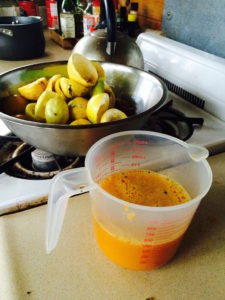
- The lilikoi vine traversing the longest span of our fence
- Hard to make out the green against the other green, but there used to be a palm under there.
- Doesn’t do much for our carport’s structural integrity, but it does improve the aesthetic
- I think Red (the car) is safe so long as we drive it every day
- Just a few of the lilikoi dessert offerings on a recent day at the health food store…
- If I hadn’t been running errands on a hot day, this cheesecake would have gone home with me
- Vegans rejoice! Haupia is a local coconut cream custard
- Never liked tapioca until I tried purple sweet potato; lilikoi is pretty amazing, too
[Kudzu on trees in Georgia by Scott Ehardt (Own work) [Public domain], via Wikimedia Commons; all lilikoi pictures by Judy K. Walker]
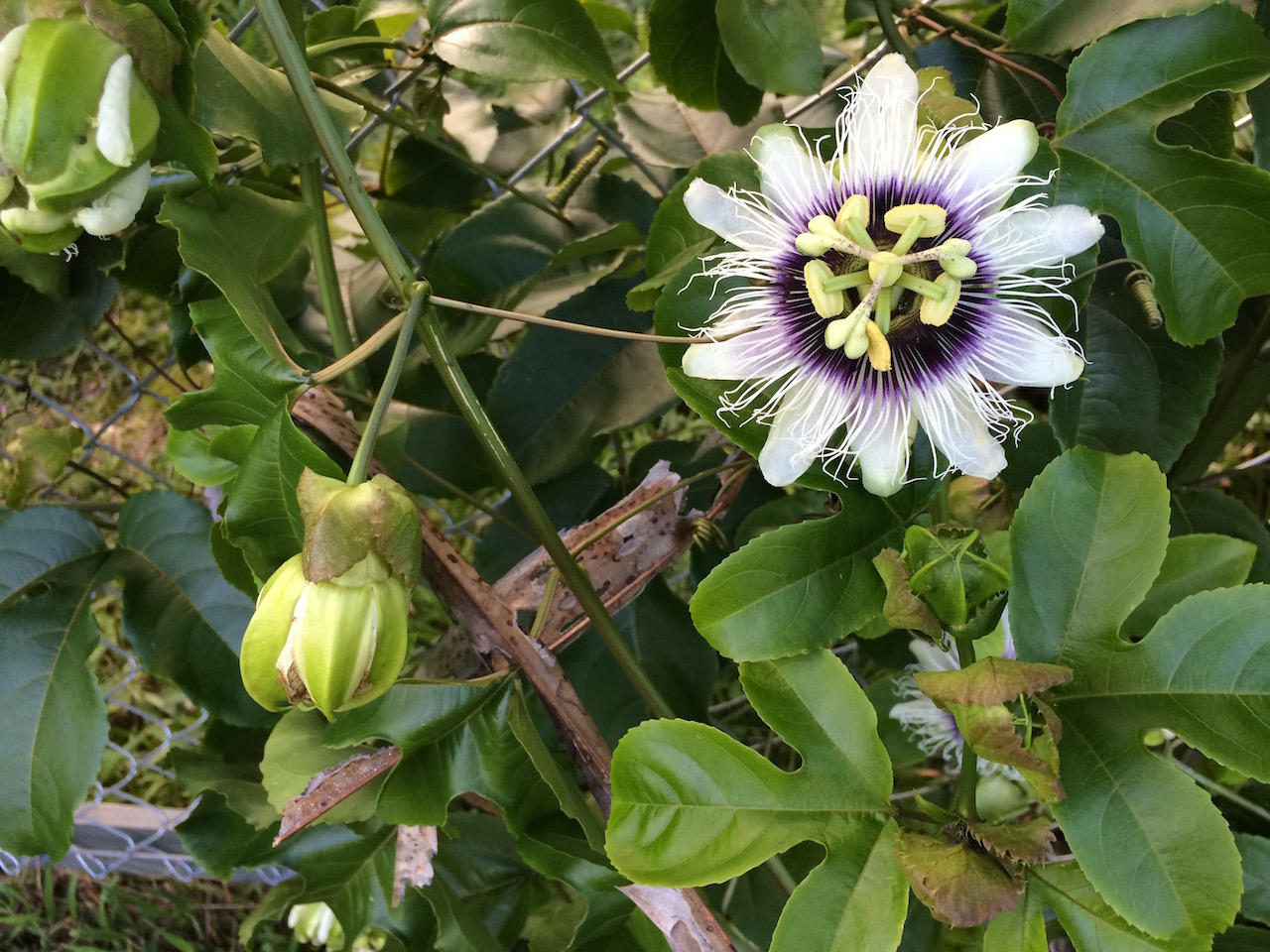
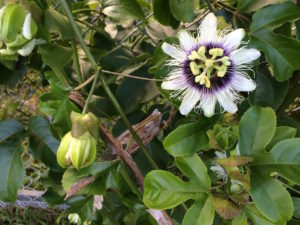 The pointed tips of the leaves were taken to represent the Holy Lance.
The pointed tips of the leaves were taken to represent the Holy Lance.